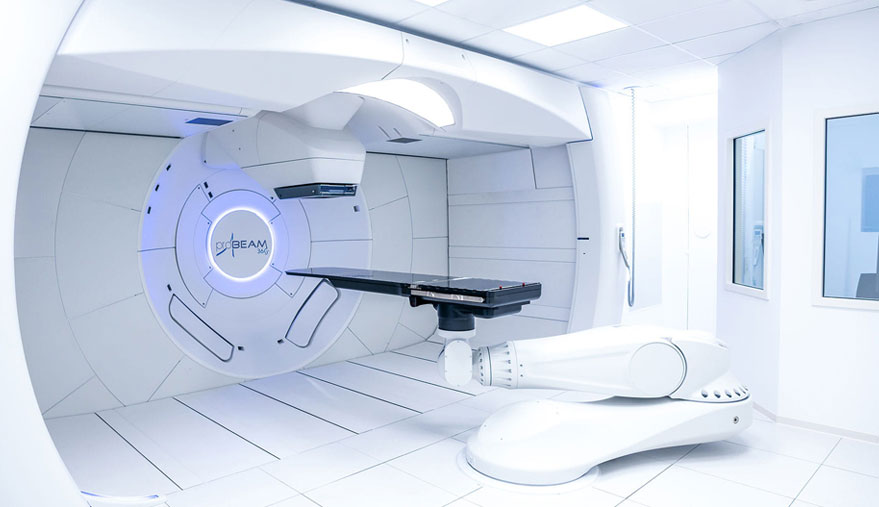Abstract
Purpose
With reports of CNS toxicity in patients treated with proton therapy at doses lower than would be expected based on photon data, it has been proposed that heavy monitor unit (MU) weighting of pencil beam scanning (PBS) proton therapy spots may potentially increase the risk of toxicity. We evaluated the impact of maximum MU weighting per spot (maxMU/spot) restrictions on PBS plan quality, prior to implementing clinic-wide maxMU/spot restrictions.
Methods and materials
PBS plans of 11 patients, of which 3 plans included boosts, for a total of 14 PBS sample cases were included. Per sample case, a single dosimetrist created 4 test plans, gradually reducing the maxMU/spot in the plan. Test Plan 1, unrestricted in maxMU/spot, was the reference for all restricted plan comparisons (comparison sets 2 vs. 1; 3 vs. 1; and 4 vs. 1). The impact of MU/spot restrictions on plan quality metrics were analyzed with Wilcoxon signed rank test analyses. Treatment delivery time was modeled for a representative case.
Results
A total of 14 PBS sample cases, 7 (50%) single-field optimized, 7 (50%) multi-field optimized, 9 (64%) delivering > 3500 cGy, 9 (64%) with 3 beams, and 7 (50%) without a range shifter were included. There were no differences in plan quality metrics of target coverage (V95% and V100% prescription), conformality and gradient indices, hot spot volume (V105% prescription), and dose to normal brain (V10%/30%/50%/70%/90%/100% prescription) with reductions of allowable maxMU/spot across all comparison sets (p > 0.05). Max MU/spot restrictions did not increase treatment delivery time when analyzed for a representative case.
Conclusions
MaxMU/spot restrictions within the thresholds evaluated in this study did not degrade overall plan quality metrics. Future studies should evaluate spot weighting with linear energy transfer/relative biologic effectiveness-informed planning to determine if spot weighting manipulation impacts clinical outcomes and mitigates toxicity.

